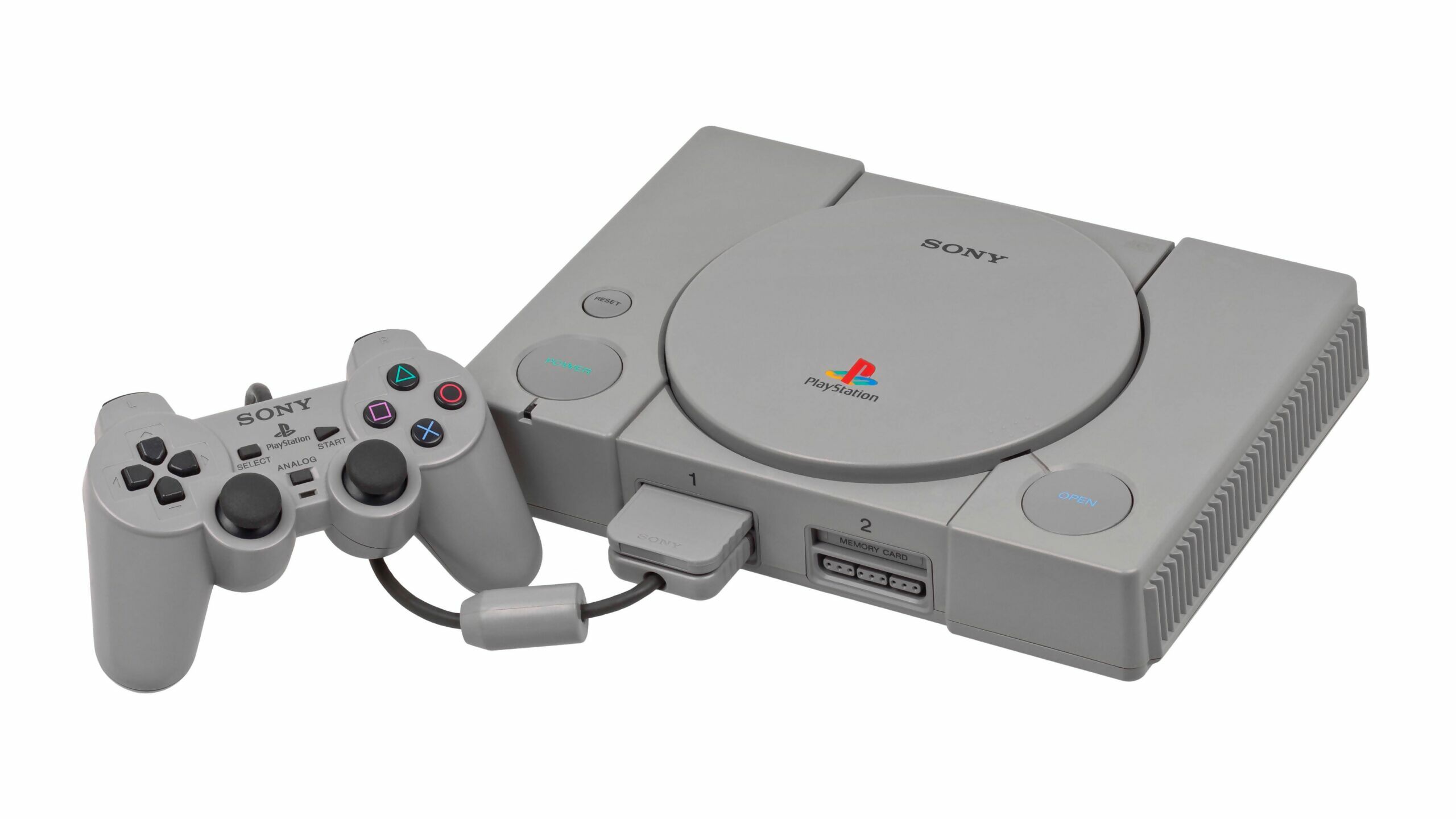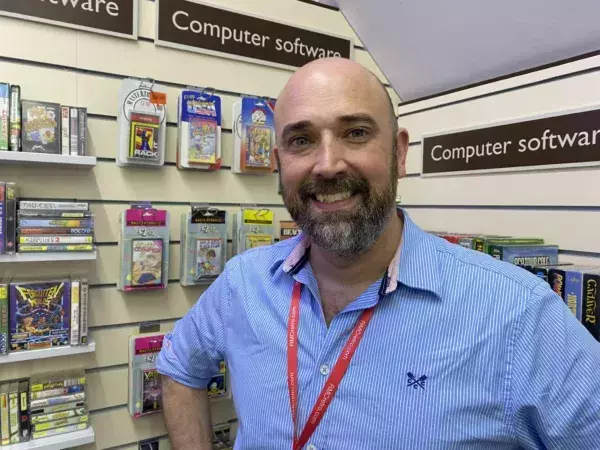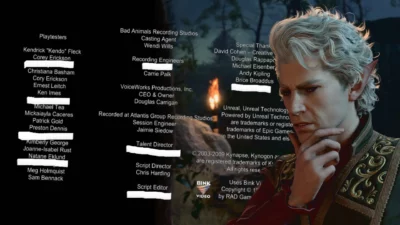
It’s been a quarter of a century since plucky upstart Sony brought a console to market in one of the most successful acts of corporate revenge ever seen. 535 million gaming devices sold later, you do wonder if maybe Nintendo second-guessed itself at all.
By now, we all know the story: Nintendo brought Sony in to create a CD-ROM-based add-on for its own SNES, the Big N broke the contract, Sony brass was infuriated, the SNES-CD became the Sony PlayStation, and quite frankly the entire landscape changed forever.
You probably wouldn’t have thought that on 3 December 1994, though – when the PSone launched in Japan. There was a hell of a lot of hype around Sony’s machine, sure, and the company’s ability to wrangle positive press coverage as well as advertise effectively and impactfully put it in good stead.
But this was Sony – games consoles were made by Nintendo and Sega, sometimes even Atari. Not Sony. Sony made camcorders, the Walkman, and Trinitron televisions. A quarter of a century is a long time to change your mind on things, that’s for sure.

The Nintendo PlayStation, as it wasn’t really called, never got past the prototype stage.
What did the PlayStation do differently? CD-based consoles were already out there – Sega’s own Saturn had hit shortly before Sony’s machine – the 3DO, Commodore’s CD32, even the TurboGrafx-16 had a CD add-on in the late 1980s. So not that.
3D graphics? Arguably they hadn’t run as well as this on a home console before, but they weren’t anything new per se. The controller? Don’t be silly.
The here and now teaches us a lesson on how things turned out, but 25 years ago – on paper – the PlayStation wasn’t doing anything that outlandish to warrant its now legendary status, at least not if you were a consumer. If you worked behind the scenes at Sony or any number of development studios, it was clear to see this was an actual new kid on the block. Rather than the ingrained practices of the Segas and Nintendos of the world, Sony brought a fresh approach to many aspects of development and developer relations.

It’s no overstatement to say Gran Turismo’s release blew a fair few minds. This looked superb back in the day.
The attitude from day one was one of openness and collaboration; Sony couldn’t make games by itself, and it knew this, so it was vital to make strong, lasting partnerships with established dev studios, and maybe to bring the odd one here and there into the fold.
It also proved a massive boon to the dev side of things that Sony used a relatively inexpensive devkit solution for the PlayStation. Initially, the PSX devkit was planned to only work with R4000-based machines – one of the earliest 64-bit processors and a very expensive piece of kit.
Plans changed, however, thanks to the involvement of Psygnosis and collaborator SN Systems, the latter of which created software that would eventually be used on two PC-compatible hardware cards. The PSX could now be developed for in conjunction with any PC using the cards, meaning the bar for entry took a quick, and very welcome, nosedive.
All of this led to the PlayStation we know and love; the chunky grey box of dinosaur demos, Metal Gear Solid, and ISS Pro Evolution. There’s no denying the marketing helped – oftentimes it helped a lot, and did indeed (even if it is an oft-repeated snippet) ‘make gaming cool’.

AND CONQUERED WORLDS.
Without quality games backing it all up, however, the machine could have just been another forgotten dud, like so very many other machines of the eighties and nineties. But with good marketing backed by good games, brought to life through great relationships and a refreshed approach to how a platform holder treated developers, it couldn’t really have gone any other way.
A quarter century on, and the reverberations from Sony’s corporate revenge are still being felt. And it’s probably going to be at least a few quarter centuries more before we see a story even vaguely similar play out again in the world of video games. The PlayStation really was a once in a lifetime event.





